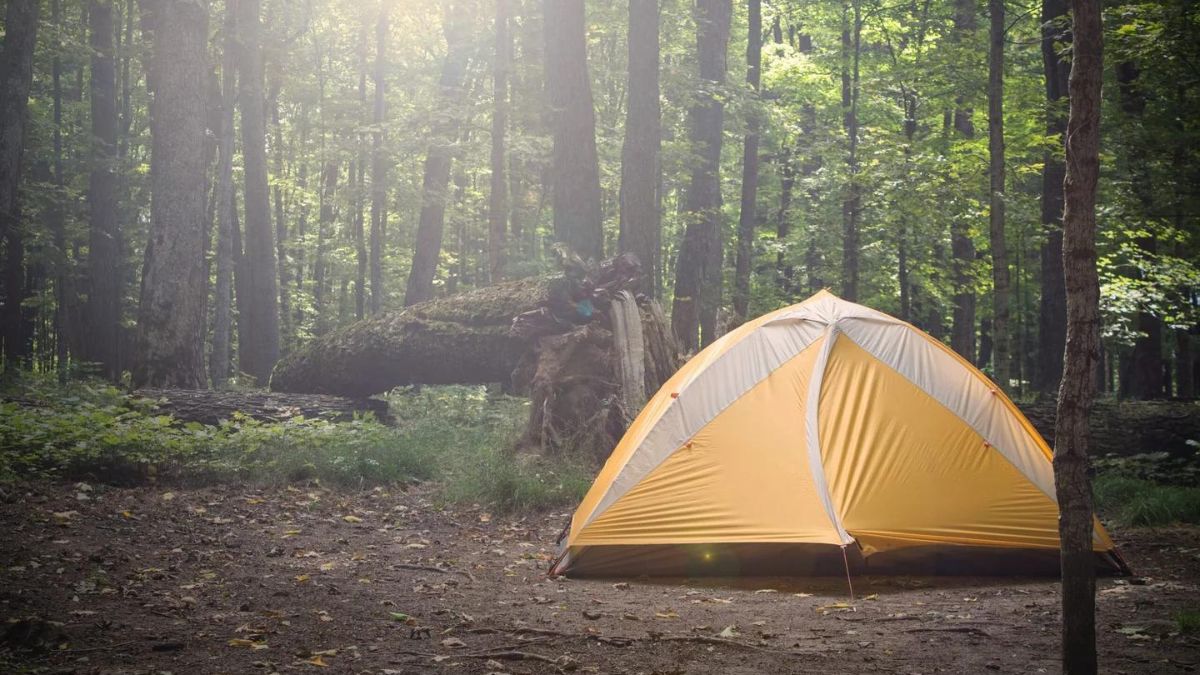
Image credit : Hackster.io ...
news-extra-space

 Al Kasani, a researcher at the Center for Clean Energy Engineering at the University of Connecticut, developed a fabric for a tent that self-cools. He was inspired by the concept that "plants wick water from the ground and then sweat to cool themselves."
The fabric has been enhanced with titanium nanoparticles that draw water from reservoirs at the base of a tent and spread it across the fabric's surface, where it evaporates and creates a cooling effect that reduces the temperature inside the tent by up to 20 degrees F. This allows the tent to still be easily packed down.
A gallon of water, according to Kasani, can keep a tent cool for up to 24 hours, and the effect can be achieved with water from a stream in a more rural setting or from a faucet at a campsite. In other words, if you don't use clean, purified water, the evaporative cooling won't stop working.
The university says that "industry interest in Kasani's technology has been high," and in a few years, if it goes mainstream, it could help make roughing it in high temperatures feel less rough. However, it will be a while before we see this upgraded fabric showing up in camping gear because the material is still in the research phases.
Al Kasani, a researcher at the Center for Clean Energy Engineering at the University of Connecticut, developed a fabric for a tent that self-cools. He was inspired by the concept that "plants wick water from the ground and then sweat to cool themselves."
The fabric has been enhanced with titanium nanoparticles that draw water from reservoirs at the base of a tent and spread it across the fabric's surface, where it evaporates and creates a cooling effect that reduces the temperature inside the tent by up to 20 degrees F. This allows the tent to still be easily packed down.
A gallon of water, according to Kasani, can keep a tent cool for up to 24 hours, and the effect can be achieved with water from a stream in a more rural setting or from a faucet at a campsite. In other words, if you don't use clean, purified water, the evaporative cooling won't stop working.
The university says that "industry interest in Kasani's technology has been high," and in a few years, if it goes mainstream, it could help make roughing it in high temperatures feel less rough. However, it will be a while before we see this upgraded fabric showing up in camping gear because the material is still in the research phases.
Leave a Reply






